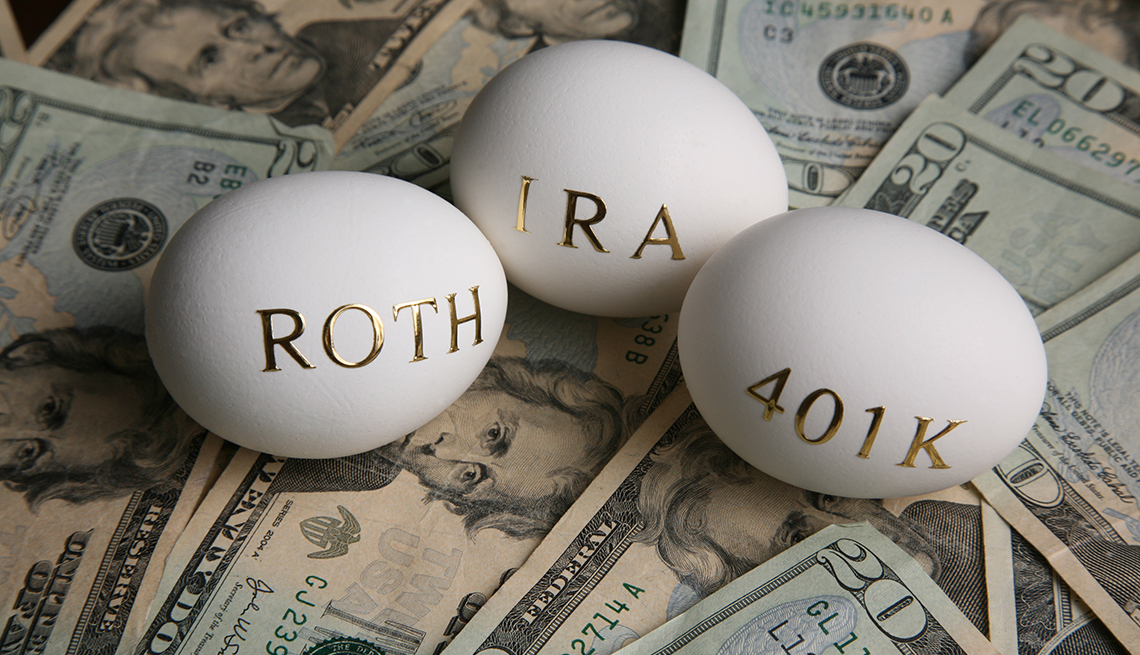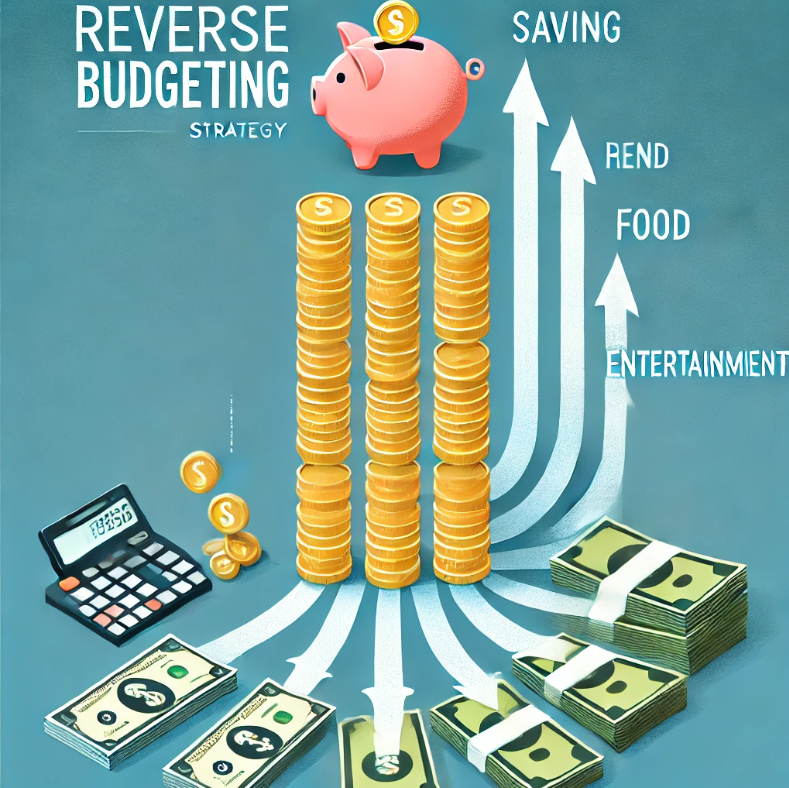If you’re looking for a smart way to save for retirement, a Roth IRA could be the ideal solution. This popular retirement account offers some unique tax advantages that can help you build wealth over time and enjoy a more comfortable retirement. But what exactly is a Roth IRA, and why should you consider using one? Let’s break it down.
What Is a Roth IRA?
A Roth IRA (Individual Retirement Account) is a type of retirement savings account that allows you to contribute after-tax dollars, meaning you don’t get a tax deduction for contributions today, but your future withdrawals are tax-free. This can be a major advantage when it comes to retirement planning, especially if you expect to be in a higher tax bracket when you retire.
Here’s how it works:
- You contribute money that has already been taxed (after-tax income) into the Roth IRA.
- Your investments within the account grow tax-free over time.
- When you retire and begin taking withdrawals (as long as you follow the rules), you won’t owe any taxes on those withdrawals, including both the amount you contributed and any investment gains.
Why You Should Use a Roth IRA
- Tax-Free Growth and Withdrawals The biggest benefit of a Roth IRA is that your money grows tax-free. Unlike a traditional IRA or 401(k), where withdrawals are taxed as ordinary income, you won’t owe taxes on the money you withdraw from a Roth IRA, as long as you meet certain conditions (like being 59½ or older and having had the account for at least five years). This can be especially advantageous if you expect to be in a higher tax bracket when you retire.
- No Required Minimum Distributions (RMDs) Unlike other retirement accounts, Roth IRAs don’t have required minimum distributions (RMDs). This means you’re not forced to withdraw money from the account at a certain age (currently 73 for most other retirement accounts). You can leave your money in the Roth IRA for as long as you like, allowing it to continue growing tax-free. This flexibility can be a huge advantage for retirement planning.
- Flexibility for Early Withdrawals Another perk of a Roth IRA is that you can withdraw your contributions (but not the earnings) at any time without penalties or taxes. This makes it more flexible than some other retirement accounts if you need to access your money in an emergency. However, to maximize the tax benefits, it’s best to leave your money in the account to grow for as long as possible.
- Hedge Against Future Tax Increases While no one knows what future tax rates will be, many experts believe they could rise over time. By contributing to a Roth IRA now, you’re paying taxes upfront while rates are relatively low. In retirement, when you withdraw from your Roth IRA, you won’t have to worry about higher tax rates eating into your savings.
- Ideal for Young or Lower-Income Savers If you’re just starting out in your career or expect your income to rise significantly over time, a Roth IRA is particularly attractive. You’re likely in a lower tax bracket now, so paying taxes on your contributions upfront may make more sense than deferring taxes until later when you may be in a higher bracket.
- Tax Diversification A Roth IRA can provide valuable tax diversification in retirement. If you also have traditional IRAs or 401(k)s, withdrawals from those accounts will be taxed. Having a Roth IRA in your portfolio gives you the flexibility to choose tax-free withdrawals in retirement, which can help you manage your tax bill more effectively.
Who Can Contribute to a Roth IRA?
There are income limits to who can contribute to a Roth IRA. For 2024, you can contribute the full amount if your modified adjusted gross income (MAGI) is less than:
- $153,000 for single filers.
- $228,000 for married couples filing jointly.
If your income is higher, you may still be able to contribute a reduced amount, but there are limits. It’s worth consulting a financial advisor or using IRS tools to check eligibility.
Contribution Limits
For 2024, the contribution limit for a Roth IRA is $6,500 per year (or $7,500 if you’re 50 or older). While these limits may seem low compared to other retirement accounts, the tax-free benefits of a Roth IRA make it a powerful tool in your overall retirement strategy.
How to Get Started
Opening a Roth IRA is easy, and most brokerage firms offer this type of account. You can set it up online, decide how to invest your contributions, and begin building your tax-free retirement savings. It’s essential to choose investments that align with your long-term goals and risk tolerance.
Conclusion
A Roth IRA is one of the best retirement savings vehicles available, offering tax-free growth, flexibility, and a hedge against future tax increases. Whether you’re just starting your career or nearing retirement, a Roth IRA can be a key part of your financial plan. If you haven’t opened one yet, consider adding a Roth IRA to your portfolio to take advantage of its long-term benefits and set yourself up for a more secure future.




